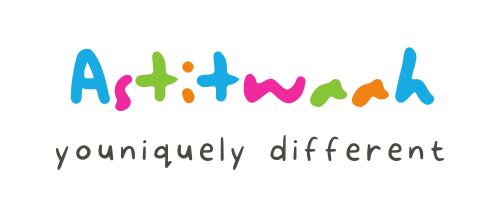Sensory experiences shape how we interact with the world, but for some individuals—especially those with autism or sensory processing differences—these experiences can be intense, overwhelming, or even painful.
Our senses (sight, sound, touch, taste, smell, balance, and body awareness) work together to help us navigate daily life. However, for people with sensory sensitivities, bright lights, loud noises, certain textures, or strong smells can cause discomfort or distress. This can make environments like shopping malls, classrooms, or public transport challenging.
Creating sensory-friendly spaces—such as using noise-canceling headphones, soft lighting, and fidget tools—can help individuals regulate their sensory input. Understanding and accommodating different sensory needs fosters inclusion and makes the world a more comfortable place for everyone.
Have you ever experienced sensory overload or discovered ways to manage it? Share your thoughts in the comments!
संवेदी अनुभव: दुनिया को महसूस करने का अनोखा तरीका
हमारी इंद्रियां हमें दुनिया को समझने और अनुभव करने में मदद करती हैं। लेकिन कुछ लोगों, खासकर आत्मविकास स्पेक्ट्रम (ऑटिज़्म) या संवेदी प्रसंस्करण विकार (Sensory Processing Disorder) वाले व्यक्तियों के लिए, ये अनुभव अत्यधिक तीव्र या असहज हो सकते हैं।
रोशनी की चमक, तेज़ आवाज़ें, कुछ विशेष बनावट, या तीव्र गंध उनके लिए तनावपूर्ण हो सकती हैं। सार्वजनिक स्थानों जैसे कि मॉल, स्कूल, या बस स्टैंड उनके लिए चुनौतीपूर्ण बन सकते हैं।
ऐसे लोगों की मदद के लिए संवेदी-अनुकूल वातावरण बनाना ज़रूरी है, जैसे कि नॉइज़-कैंसिलिंग हेडफोन, हल्की रोशनी, और सेंसरी टूल्स का उपयोग करना। अगर हम संवेदी संवेदनशीलता को समझें और स्वीकार करें, तो हम एक समावेशी और आरामदायक समाज बना सकते हैं।
क्या आपने कभी संवेदी अधिभार (sensory overload) का अनुभव किया है? अपने विचार साझा करें! 😊

